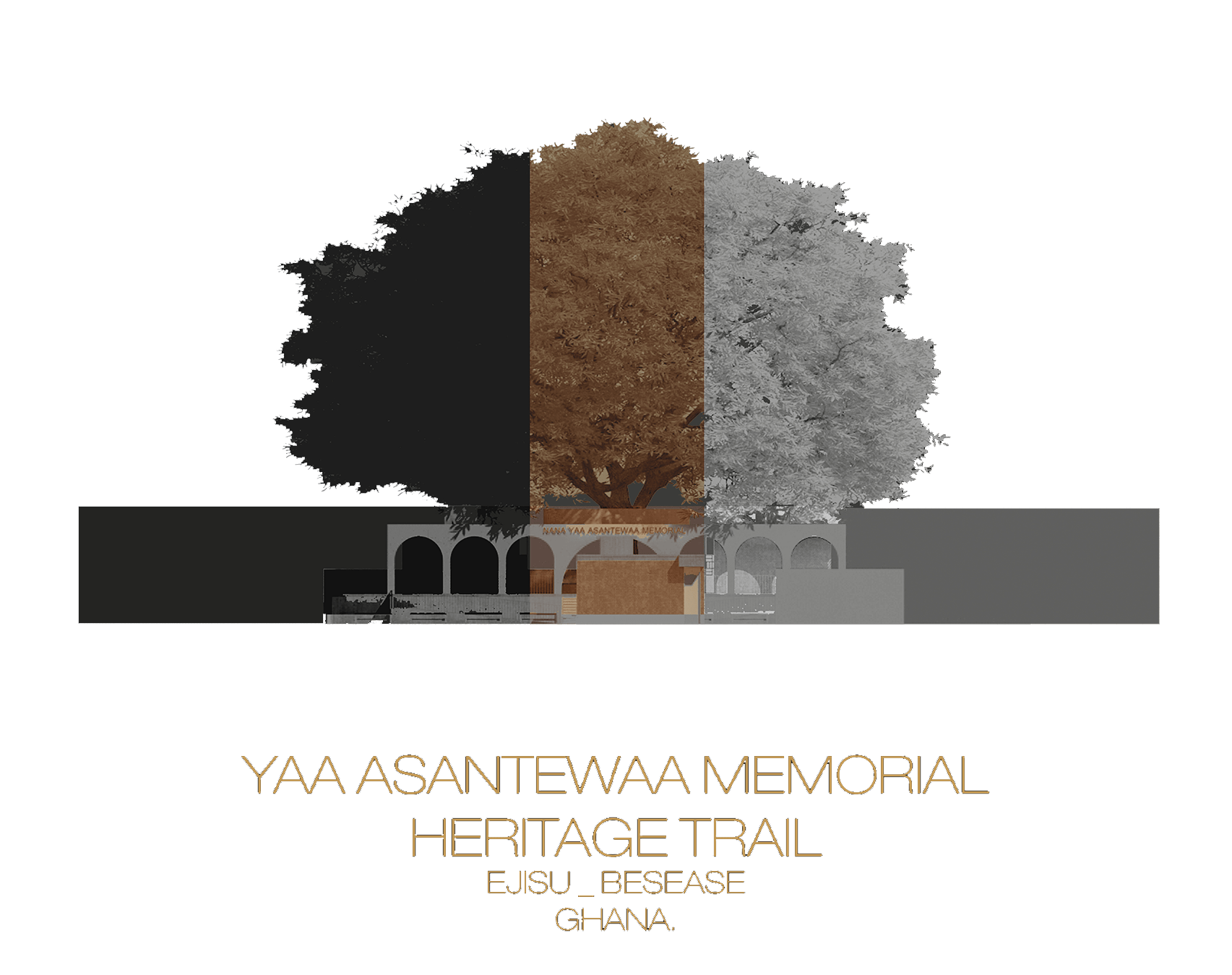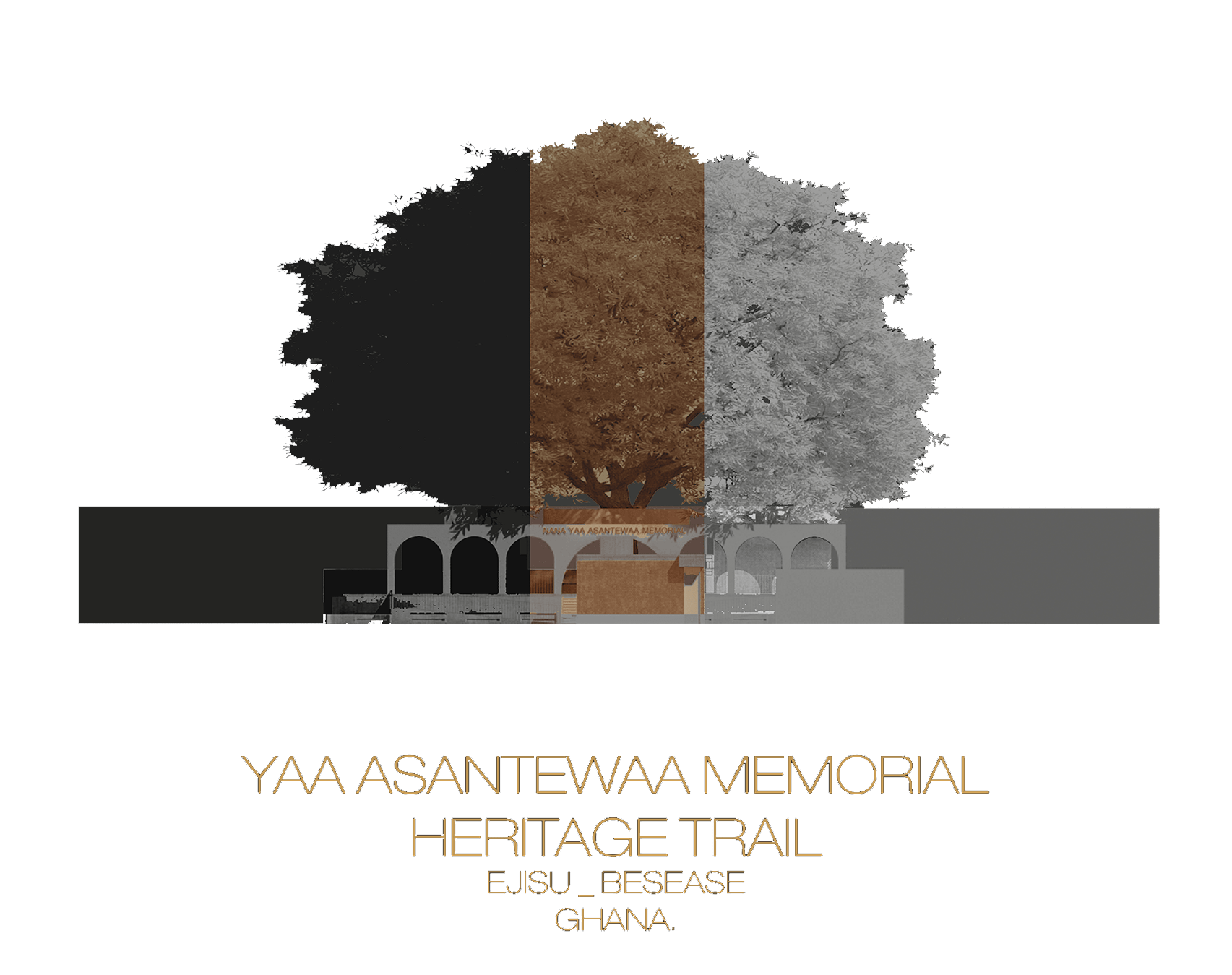About
The Yaa Asantewaa Story
The most famous of British attempts at cultural obliteration around the period was the impudent demand for the Golden Stool,
which the Asantes revere as the embodiment of the soul of their Kingdom. For the British, gaining control of the Stool was the last straw to break the back of Asante, having forced them into submissionwith the 1879 Treaty of Fomena, following the “Sagranti War” of 1874.
Furthermore, in its relentlessattempt to completely wipe out the kingdom, the Victorian army besieged Kumasi in 1896 and forced
the abdication and exile of Nana Agyeman Prempeh I, the Asantehene, to the Seychelles Island.The British demand, subsequently, for the Golden Stool in 1900 led to the heroism of the legendary Yaa
Asantewaa, the queen-mother of Ejisu. She rose to the occasion when the men appeared reticent at the crucial war council meeting. She elected herself the general commander of about five thousand odd
soldiers to resist the British. Thus ensued the Yaa Asantewaa War, or what historians describe as the “War of the Golden Stool”.
Yaa Asantewaa gave strategic directions over the ten-month war before she was finally arrested at Sereso Timpuno, a town located on the way to what is now part of the Bono region. All British war reports in England on the “rebellion,” indicated that she was, indeed, the ring leader like Joan of Arc in France and, hence, a price was put on her head. This led to her betrayal and arrest. She was returned to Kumasi as a fugitive and subsequently sent to Elmina, from where she was exiled to the Seychelles Islands. There, she joined the exiled community of Asantehene Agyeman Prempeh I, including her other matrilineal members such as Nana Afrani. She could not survive the long exile and passed away on 17 October 1921.The British had expected the Asante Kingdom to collapse with the 27-year exile of their king, Nana Agyeman Prempeh I, who was returned as Kumasihene in 1931. However, the resilience and dynamism of the people saw the restoration of the Asante Confederacy with Otumfuo Osei Agyeman Prempeh II in 1935. The Golden Stool, which eluded the British loot, remerged to sustain the kingdom once again. Apparently, in admiration and reverence for Asante’s remarkable historic relations, the British Navy in 1936 named a naval destroyer “HMS Ashanti” with the motto:Kum Apem a Apem Beba, (“kill a thousand and a thousand will emerge”).For her valiant leadership, Yaa Asantewaa is celebrated in precolonial African historiography, especially in studies of nationalism, locally and internationally.
Her effigy decorated the currency of independent Ghana,and a girls’ high school in Kumasi was named after her. Towards the celebration of the centenary of the war of 1900, major conferences were held in Ghana, Europe, and the United States and, especially, through the African Studies Associations. A major television documentary on her is now used in universities in the United States. Titled “YAA ASANTEWAA – HEROISM OF AN AFRICAN QUEEN”,the video involved the eminent Ghanaian historians Adu Boahen, Emmanuel Akyeampong and Ivor Agyeman-Duah. Publications on the queen-mother include books and edited anthology of international conferences. Not surprisingly, Yaa Asantewaa was voted one of the BBC Africa Service personalities of the last century. Yaa Asantewaa’s ancestry has been associated with bravery from her birth in Besease to nearby Boankra, where she cultivated onions as a peasant farmer, to Ejisu itself some few hundred meters away where other relations such as the Afranis were. Interestingly, as late as the mid-1950s, half-a-century after she led the war, her relations got involved in further “wars of liberation” as members of the National Liberation Movement that opposed unitary form of government and called for federalism for the emerging state of Ghana, from 1954 to 1957. The Yaa Asantewaa Memorial Heritage Trail which is located at her gravesite in Ejisu-Besease, her hometown, is a modern visual memorial of this nineteenth century epic drama of historical decolonization – from the geography of birth through contours of the War and the effect on traditional governance of Asante, now an integral part of independent Ghana. The story itself is an episode in the larger context of a bigger history, and the concept of this museum and what visual representation it gives, should be seen in that story.
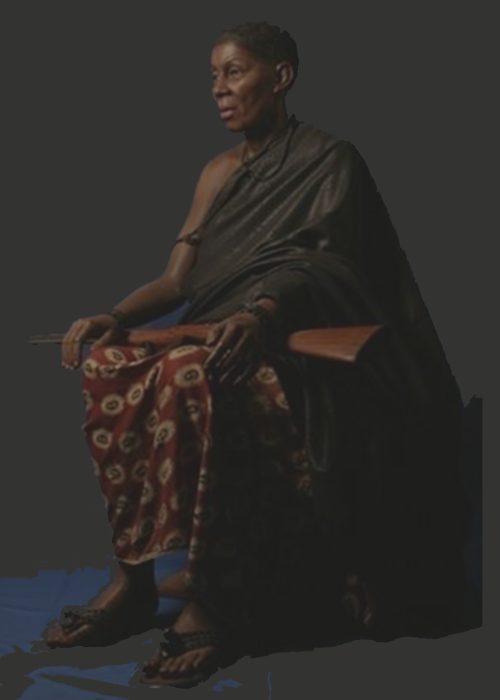
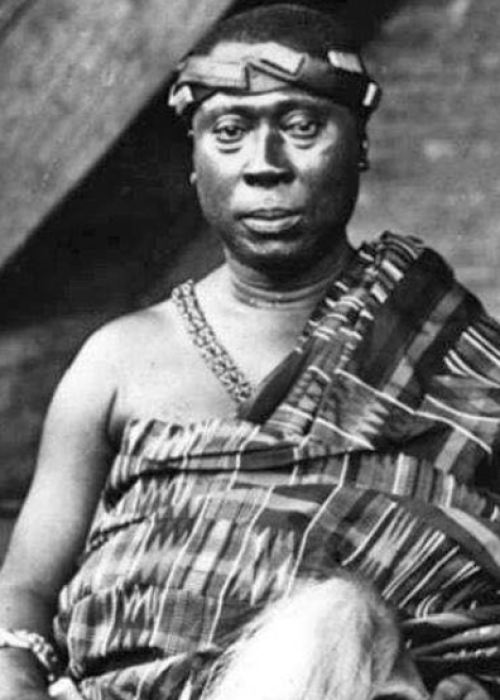
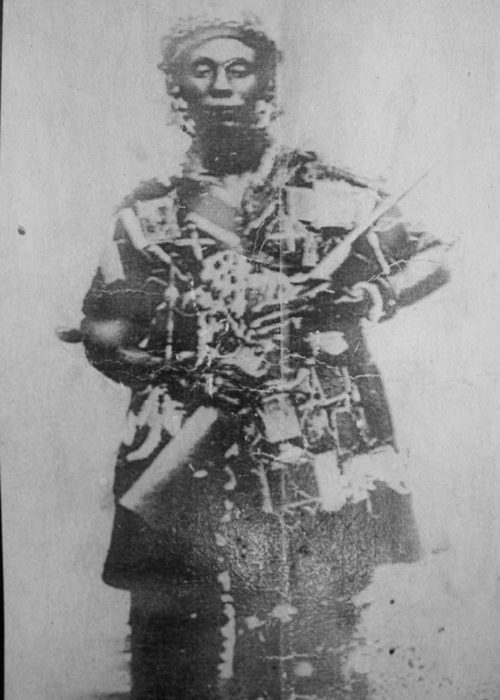
Preserving the Legacy of a Fearless Heroine: The Foundation for Yaa Asantewaa Memorial Heritage
Links
Home
About
Museum
Gallery
Support
Proponents
Concept
FAQ
Contact
Contacts
E-Plaza 2, Nii Nortei Nyanchi St, Dzorwuwlu, Accra-Ghana +233 24 428 9543 +233 20 264 0367 Yaasamem@gmail.com
